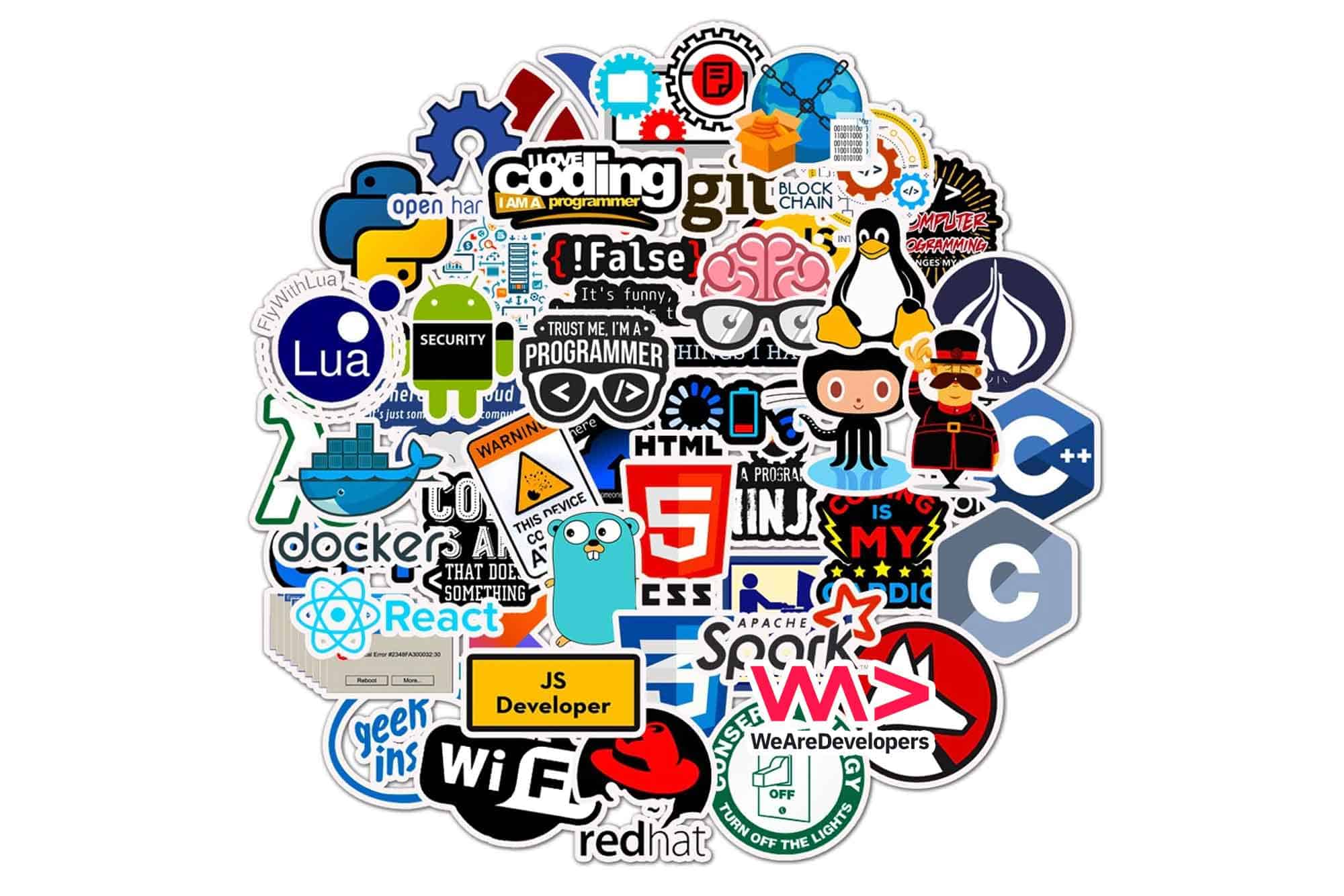Most Used Programming Languages Worldwide – Everything You Need to Know
In the changing world of technology, programming languages play a role in shaping the digital landscape. As of 2023, certain programming languages have established themselves as the choices for developers worldwide.
Most Used Programming Languages Worldwide:
JavaScript: 63%
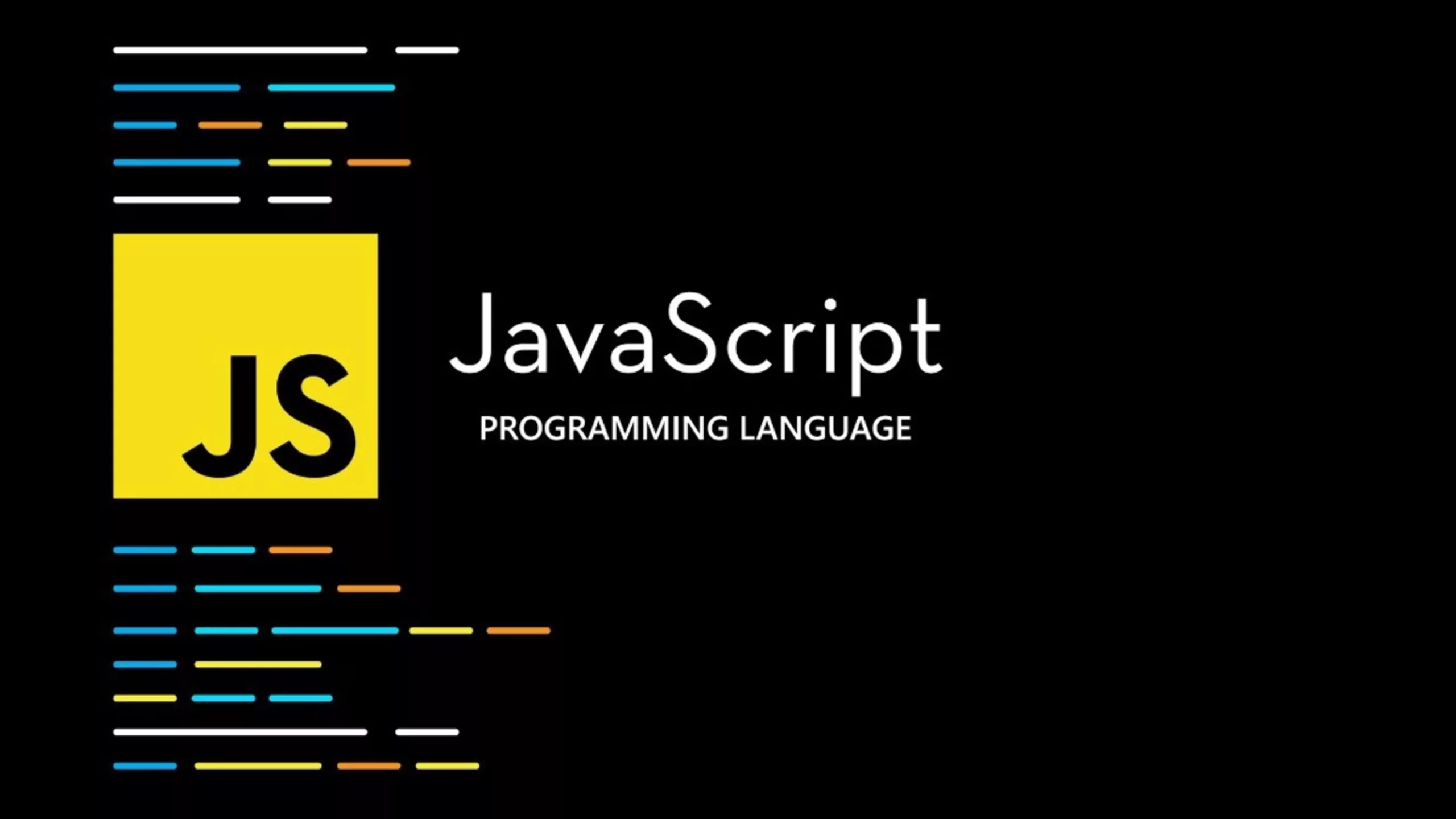
JavaScript continues to hold its position as the most used programming languages worldwide. Its flexibility enables developers to create interactive web pages making it an essential component of front-end development. Moreover with the emergence of Node.js JavaScript has expanded its capabilities to include server-side scripting further boosting its popularity.
HTML/CSS: 53%
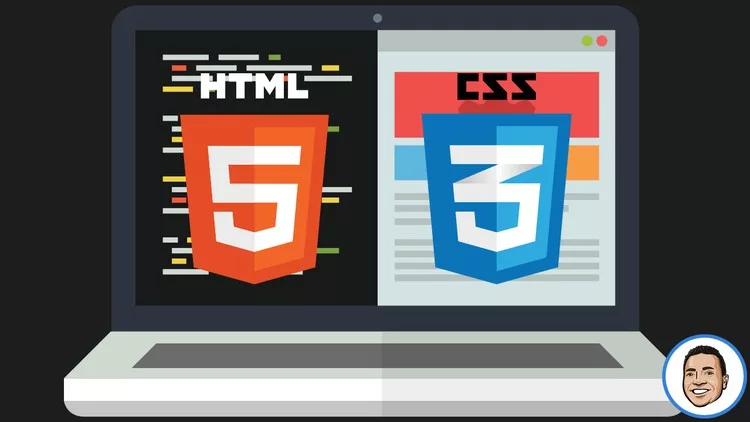
Although not considered programming languages in a sense, HTML and CSS form the foundation of web development. HTML structures content while CSS ensures appealing and responsive designs. Together they serve as the backbone of web development contributing to their enduring prevalence.
Python – 49%
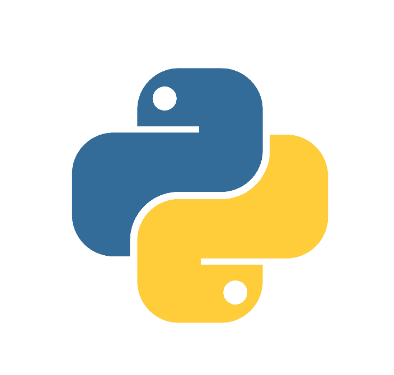
Python’s simplicity and readability have made it one of the most used programming languages worldwide. From web development to data science, machine learning and artificial intelligence projects Python’s versatility has propelled it to the forefront of the programming landscape.
SQL – 48%
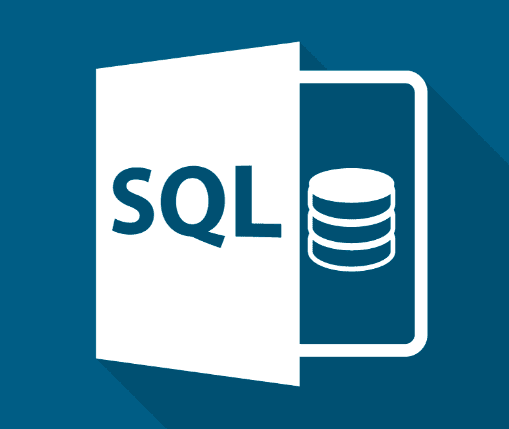
SQL, which stands for Structured Query Language continues to be used as the language, for managing and manipulating relational databases. As data-driven decision-making becomes more crucial SQL plays a role in handling database operations.
TypeScript – 39%

TypeScript on the other hand has gained recognition by being a superset of JavaScript and thus becoming one of the most used programming languages worldwide. It offers the advantage of incorporating typing, into the language. This feature does not improve code quality. Also enables developers to create large-scale applications more effectively. Its adoption has surged as developers seek ways to make JavaScript more robust.
Bash/Shell – 32%

Unix-based environments rely heavily on Bash/Shell scripting, which is considered a skill, for system administrators and developers. These scripting languages excel at automating tasks and simplifying the execution of commands.
Java – 30%
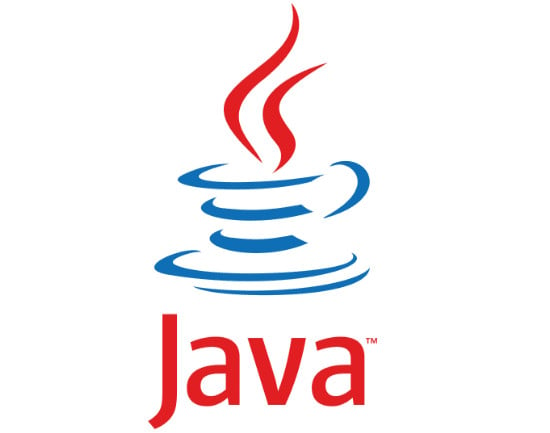
Java has gained popularity in enterprise-level applications due to its “write run anywhere” principle. It remains a choice for building backend systems, mobile apps (particularly Android), and large-scale solutions for businesses.
C# – 27%
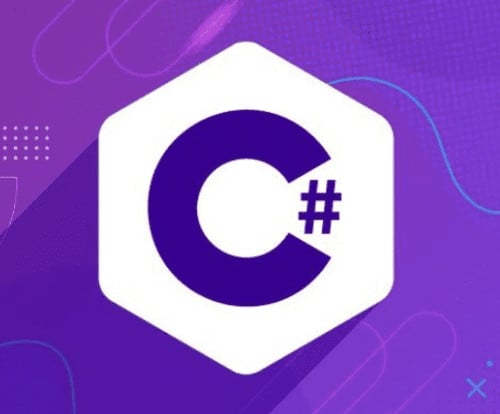
C# developed by Microsoft offers versatility in creating Windows applications, web applications using ASP.NET, and game development with Unity. Its object-oriented features and seamless integration capabilities contribute to its enduring appeal.
C++ – 22%
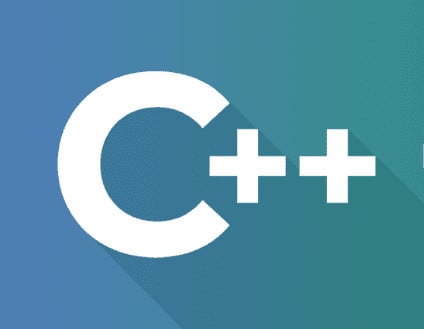
C++ is renowned for its performance and efficiency making it a favored language for systems programming, game development, and resource-intensive applications. Despite the emergence of languages C++ continues to be a choice when low-level manipulation is required.
C – 19%
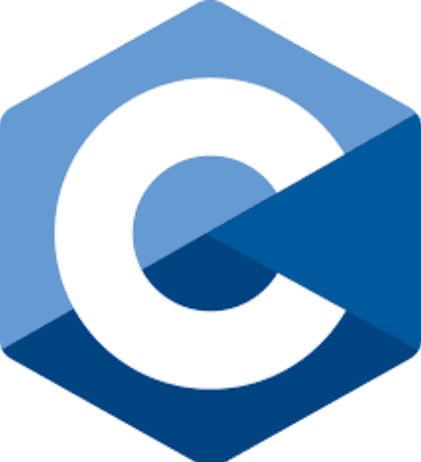
C holds a place as the programming language known for its efficiency and direct hardware access. With the advent of languages, C remains significant in domains such, as operating systems, embedded systems, and performance-critical applications.
FAQs
What are the most used programming languages worldwide?
According to various surveys and reports, the following languages consistently rank among the most used:
JavaScript: The king of web development, also used for mobile app development and server-side scripting.
HTML/CSS: The foundation of web pages, essential for building user interfaces and structure.
Python: A versatile and beginner-friendly language used in web development, data science, scripting, and machine learning.
Java: Widely used in enterprise applications, Android development, and big data systems.
C#: Popular for game development, desktop applications, and web development using the .NET framework.
SQL: The standard language for querying and manipulating data in relational databases.
C/C++: Powerful system programming languages used for operating systems, embedded systems, and performance-critical applications.
How is popularity measured?
There’s no single definitive way, but some common metrics include:
Stack Overflow surveys: Track the number of questions and active users for each language.
TIOBE Index: Assigns ratings based on a formula considering search engine results, courses, and third-party vendors. TIOBE Index
GitHub repositories: Track the number of projects actively using a particular language.

